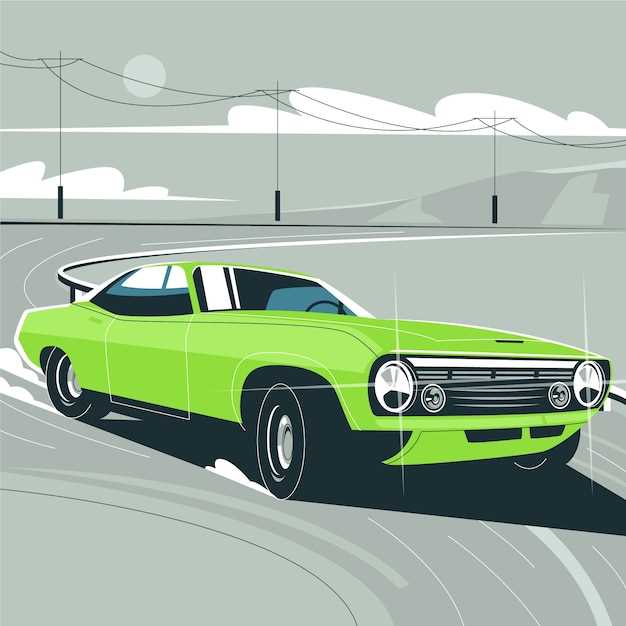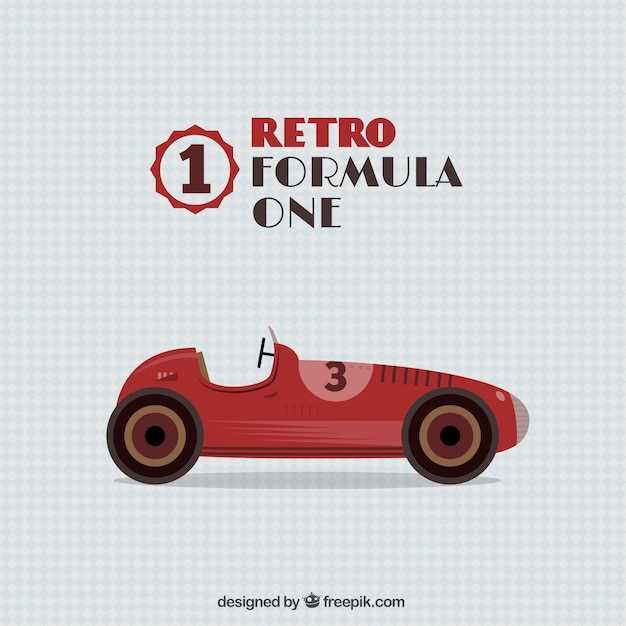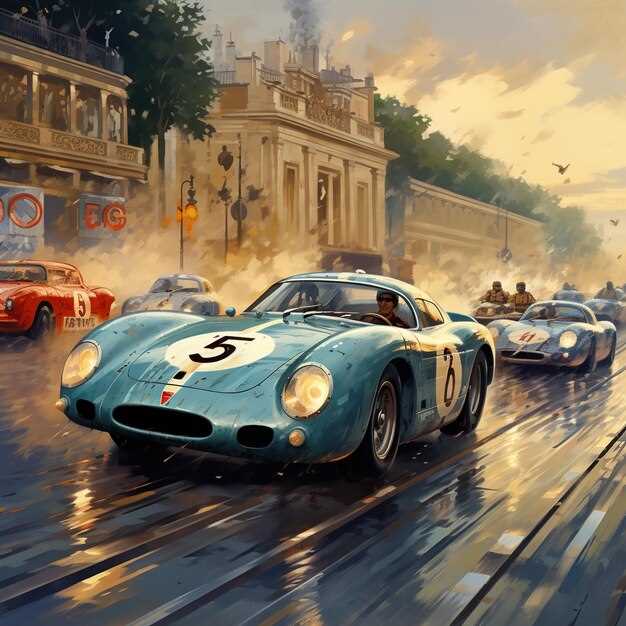
History of Vintage Car Racing
The history of vintage car racing is a fascinating journey that showcases the evolution of automobiles and the passion of racing enthusiasts. From the early 20th century, when automobiles were a novelty, to the present day, vintage racing has grown into a celebrated sport that cherishes classic cars and their stories.
The Beginnings: 1900s to 1920s
Racing began shortly after cars were invented. Early races often featured modified versions of road cars. As engines improved, so did the speed and popularity of car racing. Events like the Paris-Bordeaux-Paris race in 1895 marked the first organized competition, setting the tone for future racing events.
- 1903: The first Tour de France Automobile took place, establishing a tradition of endurance racing.
- 1911: The inaugural Indianapolis 500 introduced the concept of high-speed oval racing.
The Golden Age: 1930s to 1960s

The 1930s through the 1960s are often referred to as the golden age of vintage car racing. Major manufacturers began investing in racing programs, and iconic models emerged during this time.
- 1933: The Mille Miglia was established in Italy, becoming one of the most prestigious endurance races.
- 1950: The first Formula 1 World Championship was held, showcasing the high-performance capabilities of vintage cars.
- 1966: The 24 Hours of Le Mans became a symbol of endurance and engineering prowess.
Types of Vintage Car Racing
Vintage car racing encompasses various formats and styles, appealing to diverse audiences.
- Endurance Racing: Events like the 24 Hours of Le Mans challenge drivers and mechanics to maintain performance over extended periods.
- Classic Rallying: Rallies like the Rallye Monte Carlo focus on navigation and timing, emphasizing driver skill over speed.
- Hill Climb Events: These competitions test a car’s acceleration and handling as participants race up steep courses.
The Legacy of Vintage Cars in Racing
Vintage car racing preserves the innovation and creativity of automotive history. Participants showcase vintage models that reflect the technological advancements of their eras. The passion for these cars extends beyond racing; collectors and enthusiasts work tirelessly to restore and maintain them, ensuring their stories continue to resonate.
Today, vintage car racing remains a vital part of motorsport culture, allowing new generations to appreciate the history, engineering, and art of classic automobiles. As these cars take to the track, they not only race but also celebrate the rich legacy of automotive achievement.
The Evolution of Racing Technologies in Classic Cars

The history of racing technologies in classic cars reflects a remarkable journey of innovation and engineering. Early racing vehicles, primarily built in the late 19th and early 20th centuries, utilized simple designs with basic internal combustion engines. These cars were lightweight and optimized for speed, but safety features were virtually nonexistent.
As the racing scene gained popularity, manufacturers began to experiment with more powerful engines, leading to the emergence of superchargers in the 1920s. This technology allowed classic cars to achieve higher speeds, marking a significant advancement in performance. The iconic Bugatti Type 35, for instance, showcased how racing would shift towards more technical prowess.
The 1930s witnessed further evolution as aerodynamics became a focal point in car design. Manufacturers like Mercedes-Benz and Alfa Romeo pioneered streamlined shapes, reducing drag and enhancing overall speed. These advancements provided a competitive edge on race tracks, highlighting the importance of both power and efficiency in racing technologies.
Post-World War II, racing technology experienced a surge with the introduction of lightweight materials such as aluminum and, later, fiberglass. The advent of disc brakes in the 1950s also improved safety and handling, allowing classic cars like the Jaguar D-Type to dominate motorsport events.
The 1960s and 1970s brought about a technological arms race, with classic cars incorporating advanced suspension systems, powerful engines, and sophisticated tire designs. The innovation during this era transformed racing into a high-octane spectacle, as cars like the Ford GT40 showcased the ultimate marriage of performance and engineering.
Throughout the years, the evolution of racing technologies in classic cars has laid the groundwork for modern motorsport. The foundations established in these early vehicles have influenced design philosophies that continue to drive automotive advancements today. Each era of racing technology reflects a commitment to pushing the boundaries of speed, safety, and efficiency, ensuring that the rich history of classic car racing remains vibrant and relevant.

